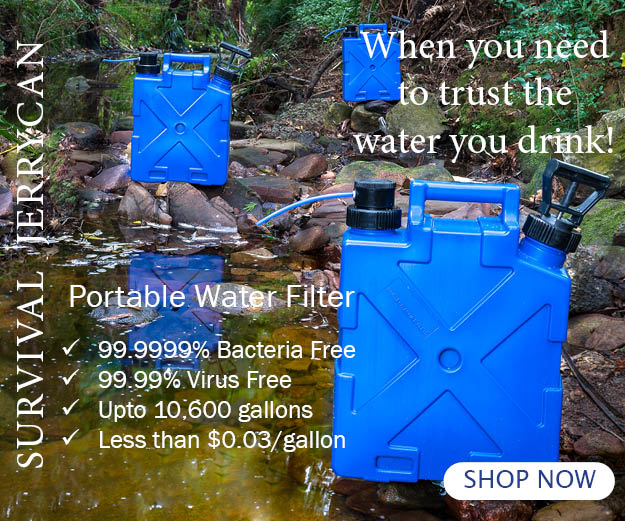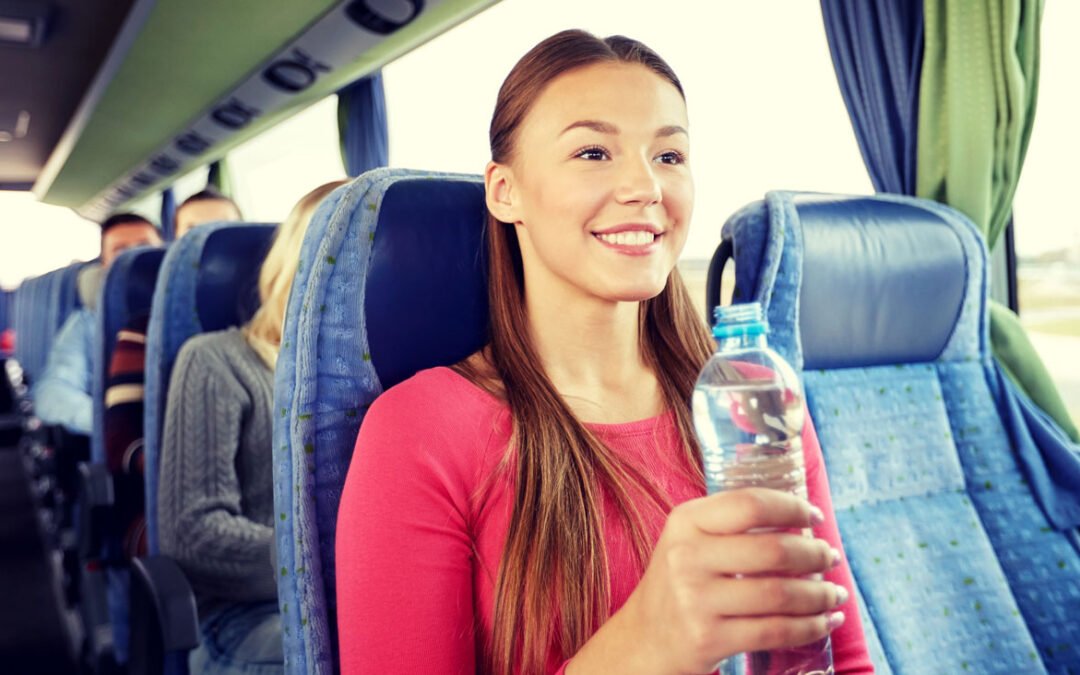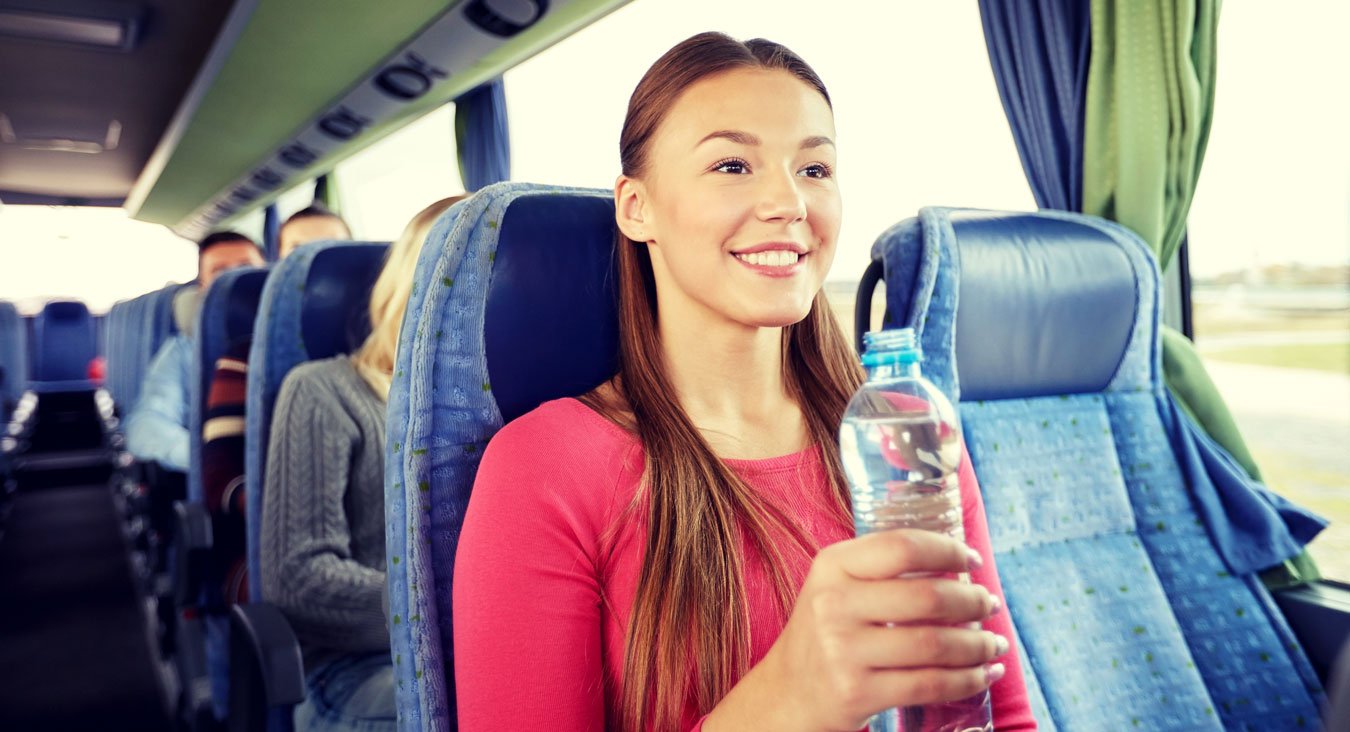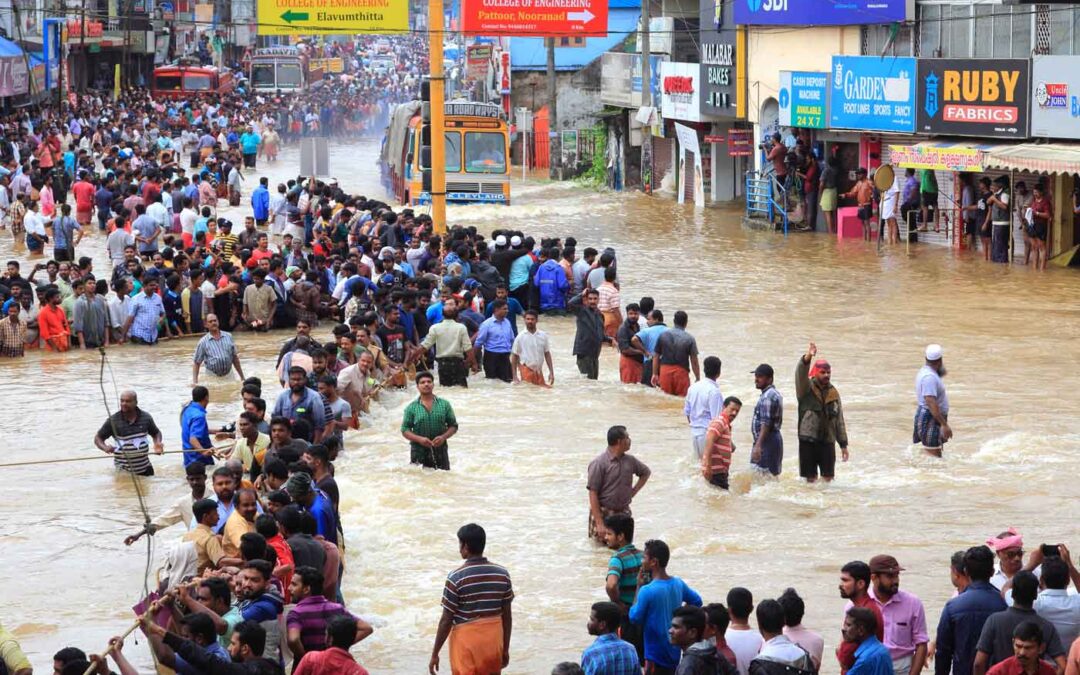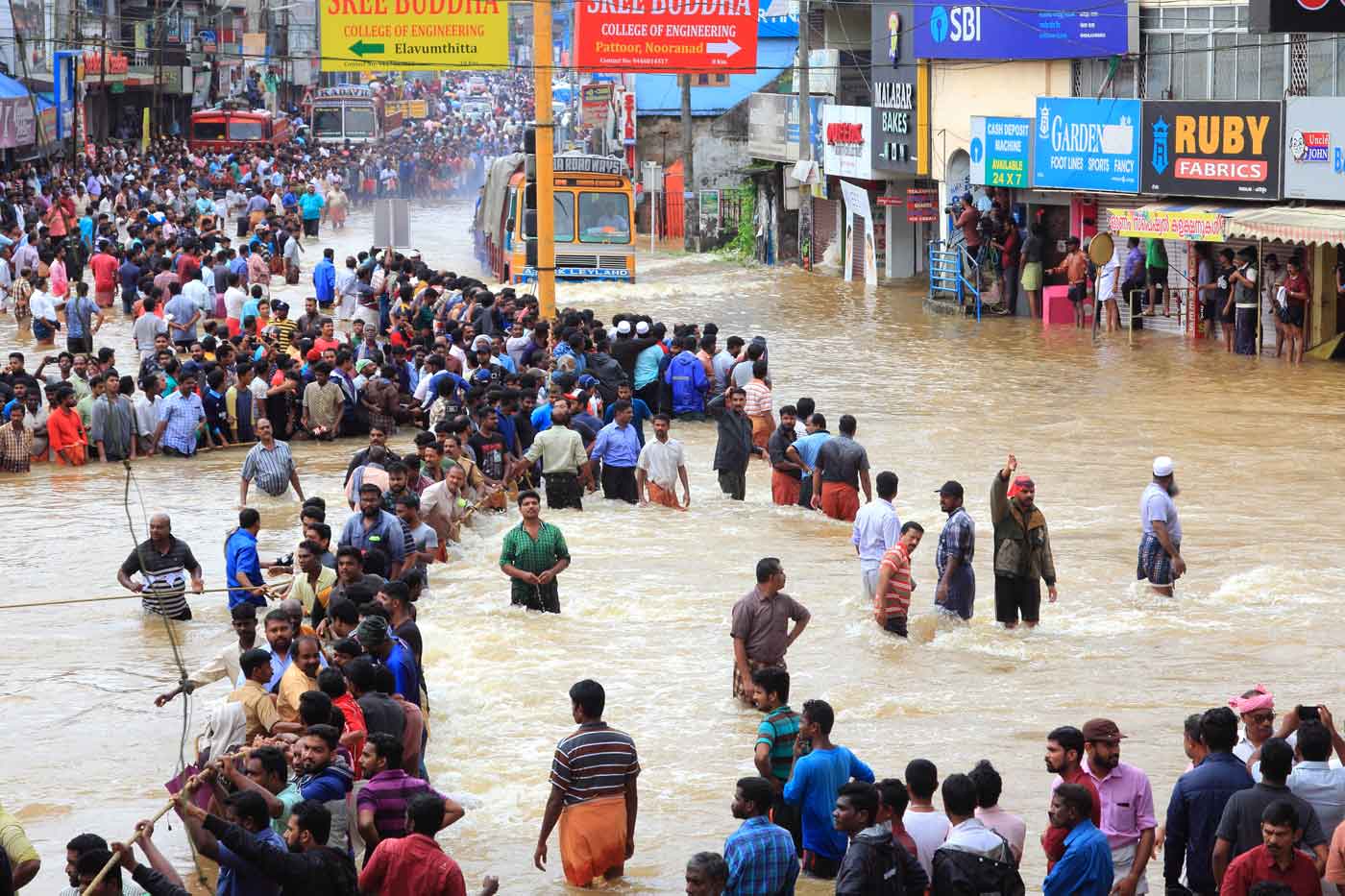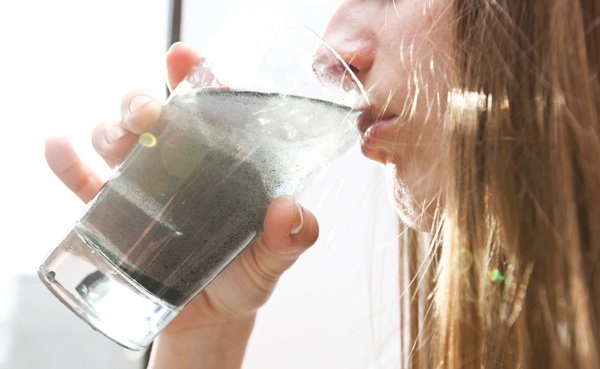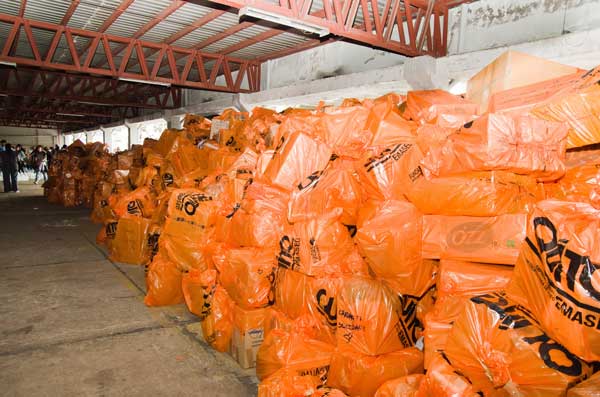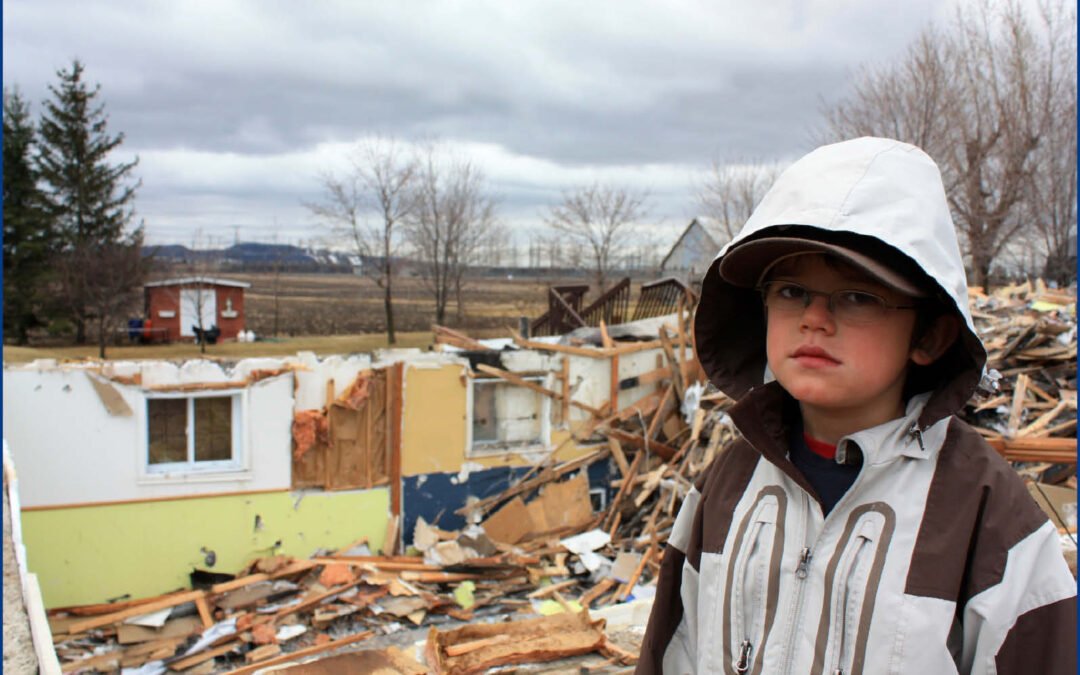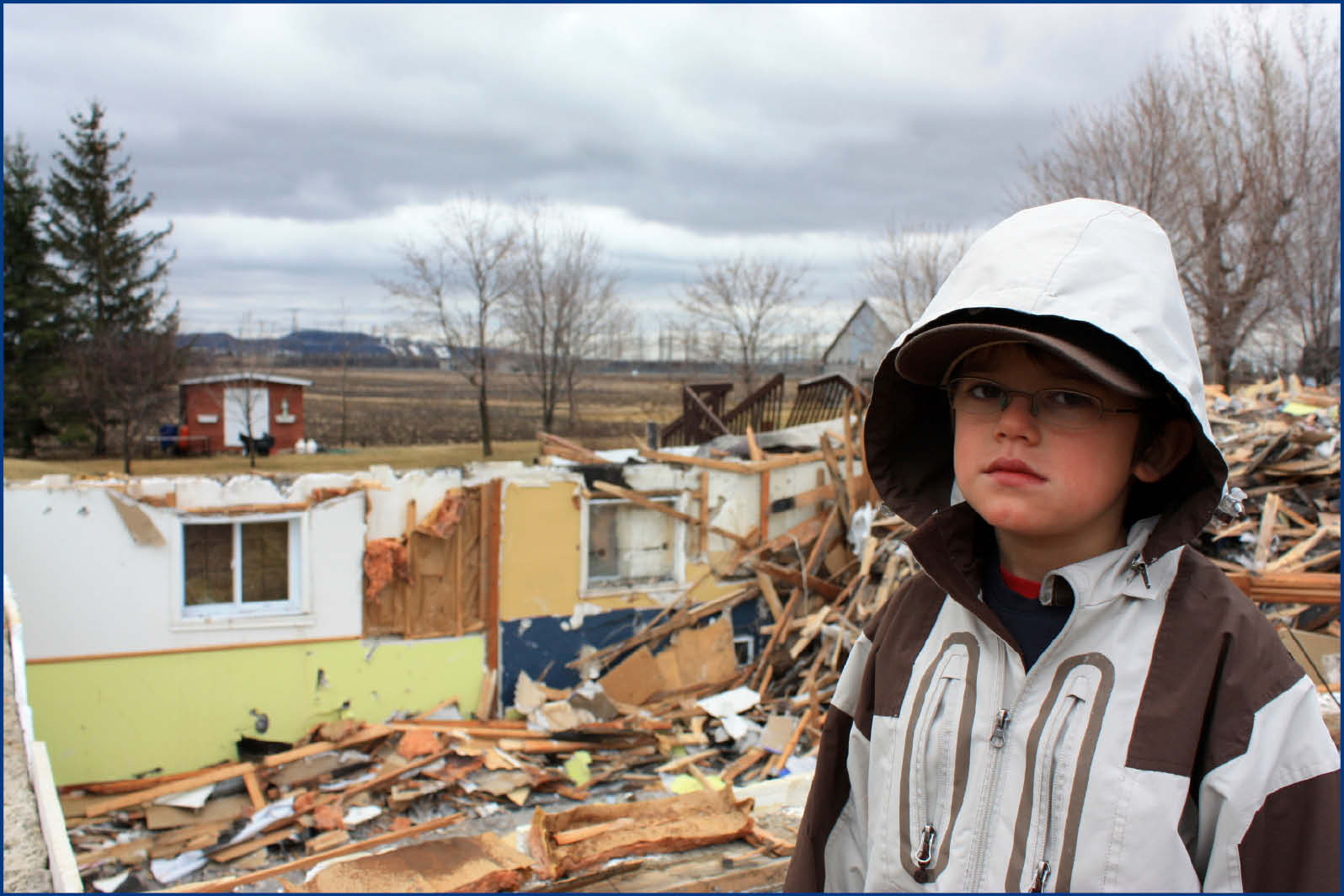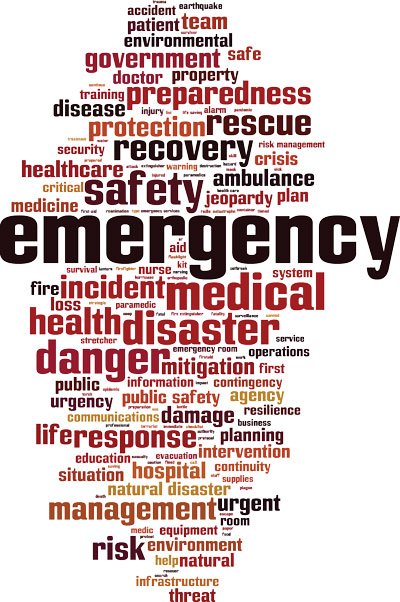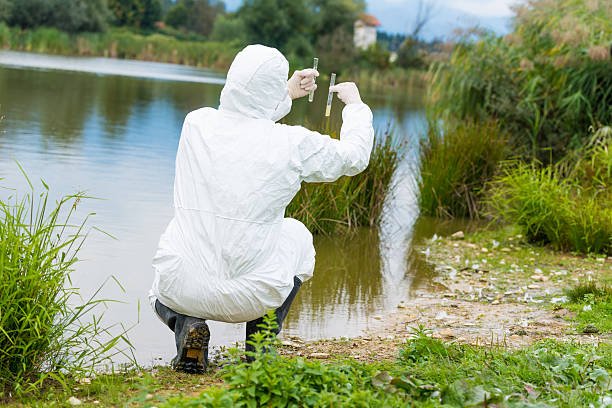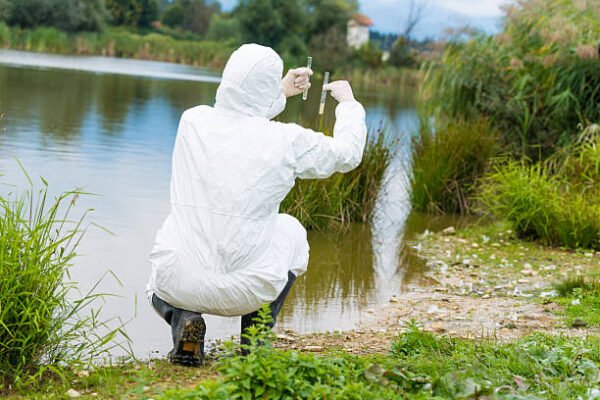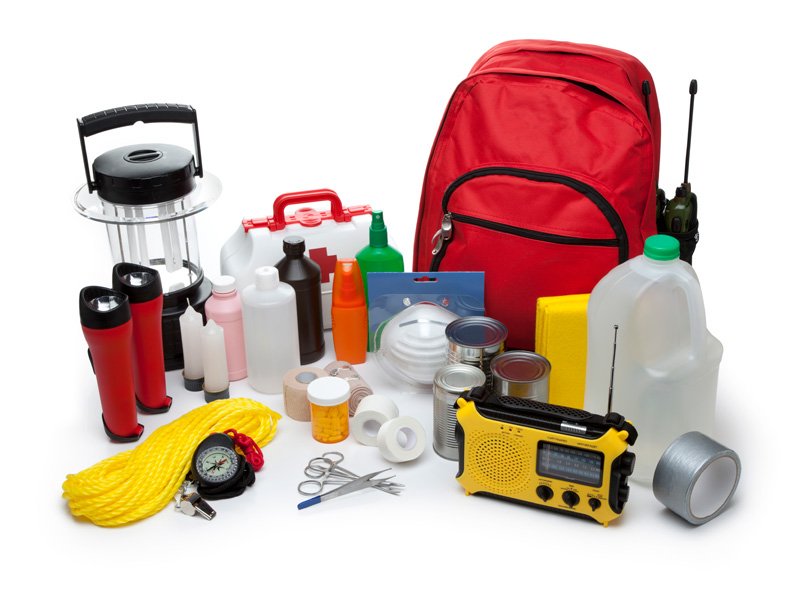
Survival Supplies Portable Safety in Less than One Liter!
If you’re going off into the bush, jungle, or wilderness, make sure you’ve got some survival supplies with you if you get lost or separated from the group. Hundreds of people get lost in the wilderness every year and would have a better chance of survival if they went for portable safety and took adequate survival supplies with them. It isn’t paranoia; it’s just common sense.
You don’t need to bring the kitchen sink. To the resourceful survivalist, everything has at least three uses. Bring a range of light, practical, essential items for packing survival supplies; the simpler, the better. Aim for portable safety: don’t bring many heavy whizz-bang technologies that requires batteries or a PowerPoint.
Your survival supplies kit should equip you to survive alone in the elements for up to two weeks. For optimum portable safety, keep your survival supplies in a container smaller than 1L. You’ll be more likely to hold onto it in an emergency and more likely to carry it with you wherever you go—struggling to believe that you can survive for two whole weeks with such a tiny survival supplies kit? Don’t.
Hygiene is the #1 cause of Gastro
Here’s all you need for portable safety:
- A brightly colored disposable poncho.
Light folds up small. This will not only keep you dry and warm; you can hang it from a tree to attract rescuers, use it to store water, or use it as a temporary - Small first aid kit with a bandage, several band-aids, iodine, painkillers, insect repellent.
- A Survival Straw for water purification. This is tiny, light, and could save your life.
- Waterproof matches.
- Small roll of brightly colored electrical tape. Endlessly useful: can attract rescuers to your location, be used for fishing, hunting, creating shelter.
- Fishing wire and a fishhook.
Even if you’re nowhere near water, a fishing line will be helpful for creating shelter and hunting. - Snare wire.
- Small, lightweight compass to help reassure and navigate.
- Solar or aluminum blanket. Useful for warmth, attracting attention, and building shelter.
- Surgical blade. Can be used for hunting, fishing, cutting through bushland, self-surgery and is excellent for when you need to build a shelter.
- Non-lubricated condoms. (No, not in case your rescuer is cute.)
Condoms are the ultimate method of portable safety. You can store large volumes of water and left-over food as if you’re careful they usually stretch several meters before breaking. If storing food, tie the condom to a tree to keep it away from wild animals. Condoms can also be stretched over arms or legs to be used as bandages. - Needle and thread.
Useful not only for repairing your clothes but also for creating shelters. - Small notepad and pencil.
Enables you to write notes to rescuers telling them where you’re going. Paper is also useful for lighting fires. - Swiss Army Knife.
Did you know nearly 96% of people suffer from Gastro in their life
The above survival supplies kit should provide portable safety wherever you are. Whether it be camping, hiking, white-water rafting, canyoning, or another adventure, do not go anywhere without the above survival supplies. If things go wrong, it’s essential to be prepared.
Of course, there’s no use having all these survival supplies if you don’t have the skills and tools to use them. Check out these article to get the know-how:
Water Camping
Survival Essential Tools
Hiking Water Filter
